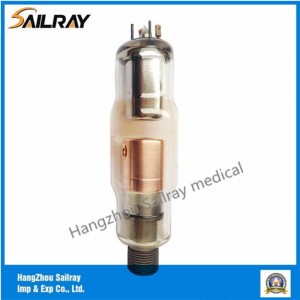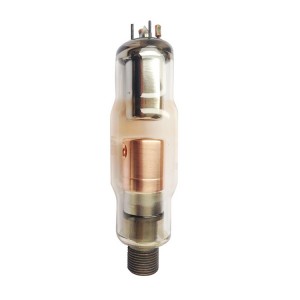In the fields of medical imaging and diagnostics, X-ray technology has played a vital role for decades. Among the various components that make up an X-ray machine, the fixed anode X-ray tube has become an important equipment component. These tubes not only provide the radiation required for imaging, but also determine the quality and efficiency of the entire X-ray system. In this blog, we'll explore trends in fixed anode X-ray tubes and how technological advances are revolutionizing this important component.
From start to modern incarnation:
Stationary anode X-ray tubes have a long history dating back to the first discovery of X-rays by Wilhelm Conrad Roentgen in the early 20th century. Initially, the tubes consisted of a simple glass enclosure housing the cathode and anode. Due to its high melting point, the anode is usually made of tungsten, which can be exposed to the flow of electrons for a long time without damage.
Over time, as the need for more precise and accurate imaging grew, significant advances have been made in the design and construction of stationary anode X-ray tubes. The introduction of rotating anode tubes and the development of stronger materials allowed for increased heat dissipation and higher power output. However, the cost and complexity of rotating anode tubes has limited their widespread adoption, making stationary anode tubes the main choice for medical imaging.
Recent trends in fixed anode X-ray tubes:
Recently, significant technological improvements have led to a resurgence in popularity of fixed-anode X-ray tubes. These advances enable enhanced imaging capabilities, higher power output, and greater heat resistance, making them more reliable and efficient than ever before.
A noteworthy trend is the use of refractory metals such as molybdenum and tungsten-rhenium alloys as anode materials. These metals have excellent heat resistance, allowing the tubes to withstand higher power levels and longer exposure times. This development has greatly contributed to the improvement of image quality and the reduction of imaging time in the diagnostic process.
In addition, an innovative cooling mechanism has been introduced to account for the heat generated during X-ray emission. With the addition of liquid metal or specially designed anode holders, the heat dissipation capacity of the fixed anode tubes is significantly enhanced, minimizing the risk of overheating and extending the overall life of the tubes.
Another exciting trend is the integration of modern imaging technologies such as digital detectors and image processing algorithms with fixed anode X-ray tubes. This integration allows the use of advanced image acquisition techniques such as digital tomosynthesis and cone beam computed tomography (CBCT), resulting in more accurate 3D reconstructions and improved diagnostics.
in conclusion:
In conclusion, the trend towards stationary anode X-ray tubes is constantly evolving to meet the demands of modern medical imaging. Advances in materials, cooling mechanisms, and integration of cutting-edge imaging technologies have revolutionized this vital component of X-ray systems. As a result, healthcare professionals can now provide patients with better image quality, less radiation exposure and more precise diagnostic information. It is clear that fixed anode X-ray tubes will continue to play a key role in medical imaging, driving innovation and contributing to improved patient care.
Post time: Jun-15-2023



